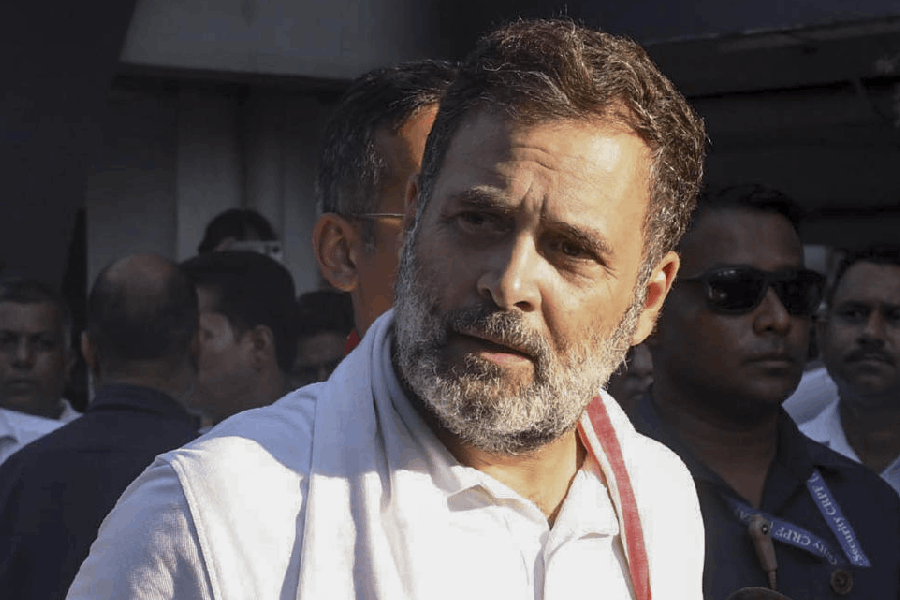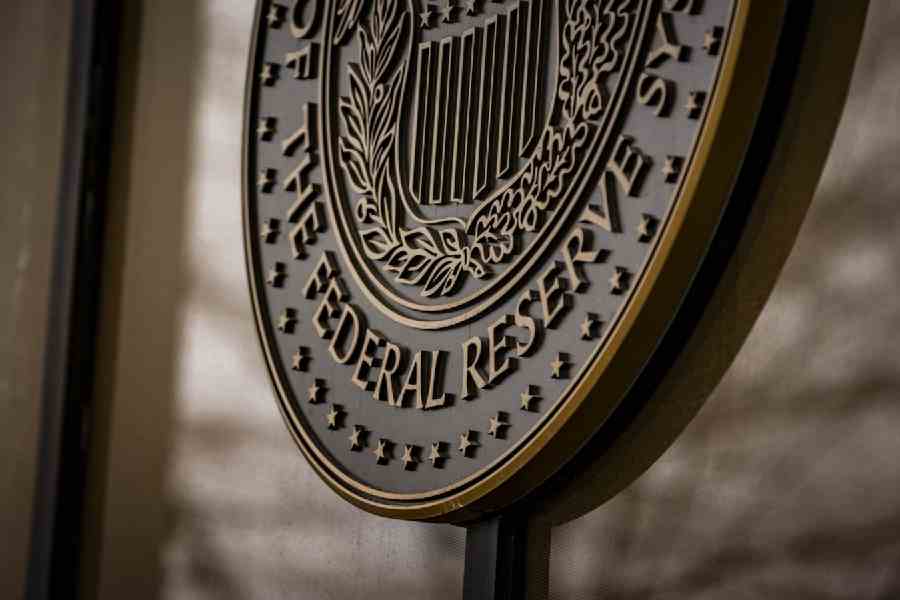In January 1977 I was just out of school, the last batch of the ISC Class XI graduates, which meant I had a good seven months before I joined any college. At that time I came across a flyer for a course that had just started in ‘media communication’ somewhere on Wellesley Street. When I first made my way to this strange place called Chitrabani I didn’t quite know what to expect. I went into an old, slightly dilapidated colonial building in the compound of Lord Jesus Church, and I found my way to the office of the man directing the course, a certain Mr Deepak Majumdar. Deepakda was one of Calcutta’s true intellectual mavericks; he had been in America during the 60s and then in Greece and was now back in the city, launching this unusual course which would explore media communication in India while keeping in mind all the different theories and ideas about mass media that were coming into discussion around the world.
As I got to know the institution better, I discovered that the media course was only one activity among many. There was an amazing library with books on different media, there was a black and white photo laboratory and a recently begun contemporary photo archive. There was a small but well-equipped sound studio, there was the Catholic radio station, there was a small screening room attached to the library and then there was the inner sanctum, referred to in hushed tones as ‘Father’s Office’, which was the seat of the man who had conceived and launched this whole project.
If Deepak was unkempt, bohemian, chain-smoking, often in western clothes especially in winter, then Father Roberge was the opposite, always in a crisply starched kurta and wide pyjamas, black hair on head, pens in kurta pocket, sparkling clean specs, everything neatly squared away and battened down to help him weather the constant turbulent storm that was this city of his chosen domicile. If Deepak (and many others of us) could be excitable or loud, Father R never raised his voice. Across the years of our association I did see him occasionally displeased or upset, but never once did I hear him snap loudly or shout at anyone. At the beginning of the course us younger students used to refer to him as Father, or among ourselves just as Roberge. Later I heard various people my age call him by his first name, Gaston, but I never attempted such familiarity; by the 1980s, though, when I was working in Chitrabani on a project, he had picked up the affectionate (strictly third person nickname) of Papa Roberge between some of us.
The first thing you noticed about the man was that he always seemed to be either amused by something or searching for something by which to be amused. The smile and the warm laugh or mischievous chuckle were his first choices, though these were never an excuse for flippancy. Soon, however, in any interaction, his seriousness came to the fore, the quick getting down to business, the simmering impatience with any shuffling or dissimulation that could waste his time, but also, usually, the quick appreciation of any genuinely expressed position, even if it ran counter to his own views. The second thing — which came as a real surprise when I first encountered it as a teenager — was this French Canadian’s formidable command of Bangla. Like his English, his spoken Bangla too was redolent with Gallic gutturalities, liberally garnished with the French ‘r’, and that particular sing-song lilt that a lot of Gallic speakers develop once they spend time in India. In time, I developed a side-line in replicating Father’s accent, in both English and Bangla, sometimes even fooling other students on the phone.
It’s a truism that you don’t realize the value of something if it’s too close at hand, too familiar or too easily available. While doing the media course at Chitrabani and later, after college, working there on occasional projects, many of us treated the place like a second home, or a club where you also produced work. Travelling in India in the late 70s and 80s, if you mentioned Roberge or Chitrabani in serious cinema or media study circles, there was an immediate recognition and respect that we registered only later. We read the books Father wrote, we attended the lectures, we absorbed the direct and angular lessons Deepakda and others imparted to us, we relished the freedom given to us to explore photography, cinema, theatre, music, radio and television, and the mess of theory surrounding these; often, without any baggage of apprehension, we went out and did things that were weird, out of line, that hadn’t been done before in our milieu; and we took all of this for granted.
It’s only later, when the camera of memory cranes back from time to time for the long, all-encompassing shot, that one realizes other things. Here is a young man who comes from Canada to Calcutta at the beginning of the 1960s, he has found his calling as a Jesuit but also a parallel calling as an explorer of images, still and moving, and of the audio-visual, and of the particular, multi-layered context the subcontinent provides for the consumption of these images. Roberge develops a warm connection with Satyajit Ray, a man generating some of the most sophisticated audio-visual material in the world, but Roberge also initiates the study of how Sholay is viewed across India, of how a very different hit like Bede’r Meye Jyotsna is consumed across Bengal. He studies contemporary popular urban material but also supports the documentation of rural performative traditions that are disappearing or radically mutating. At the same time, he creates a space for a theory and praxis of a different kind of photography and of a photo-archiving practice hitherto unknown in these parts.
It was only much later that you appreciated the environment that Gaston Roberge had created, the openness of it, the generosity of spirit that powered it, the radical daring that streaked through the channels of the institution. All this despite and through the compulsions and constraints simultaneously laid on it by a deeply conservative local Catholic hierarchy and an inimical Leftist state government. It was only after Father Roberge relinquished the directorship and Chitrabani became yet another grim, bureaucratic, mediocrity-run institution that you looked back and realized what a fragile, flawed, Calcutta-contraption of a miracle the man from Québec had managed to cobble together for all too brief a period. It’s only later you realize all the different precious alchemies of process that were let loose from that pocket of time and you feel no small gratitude.











